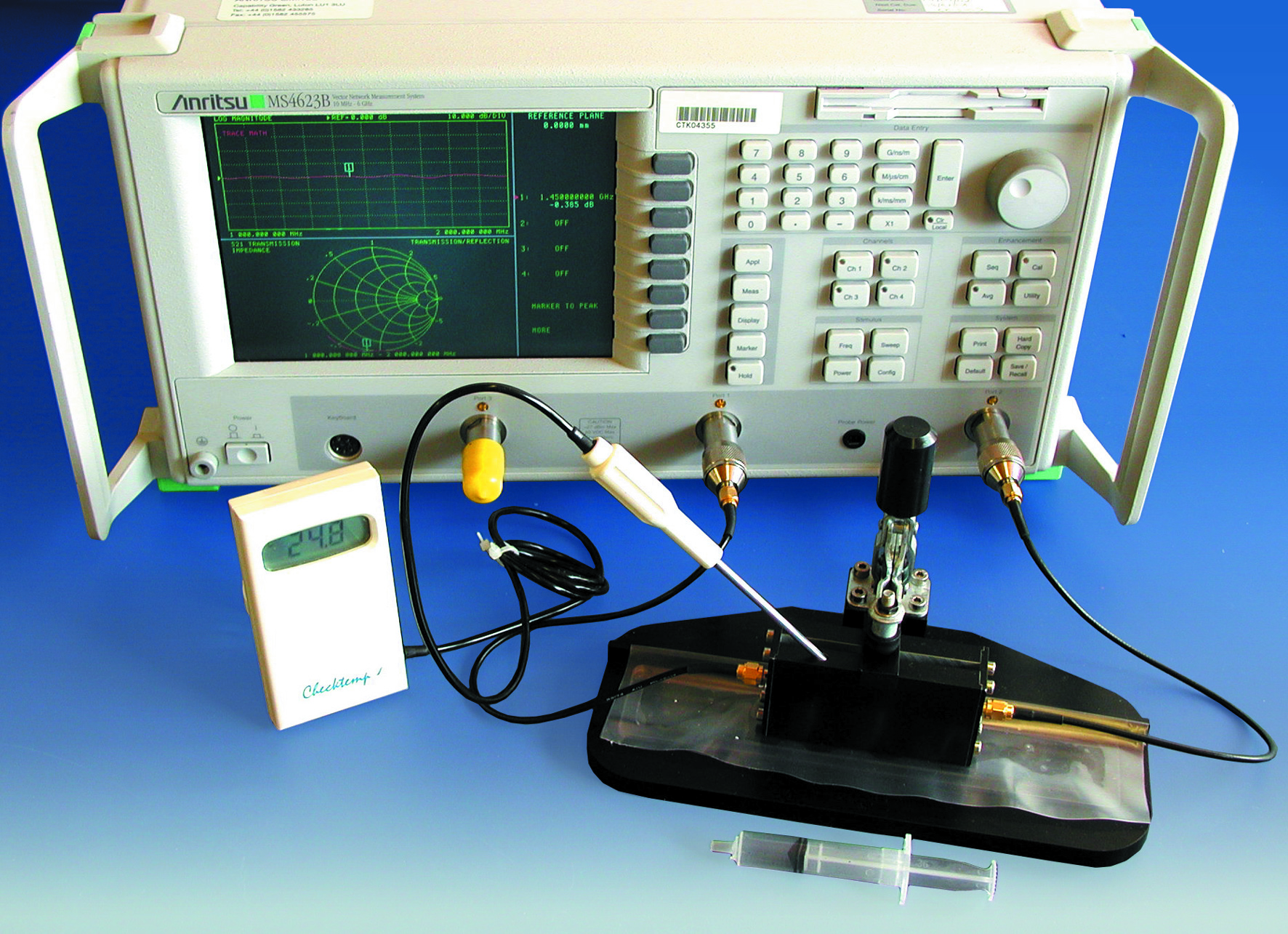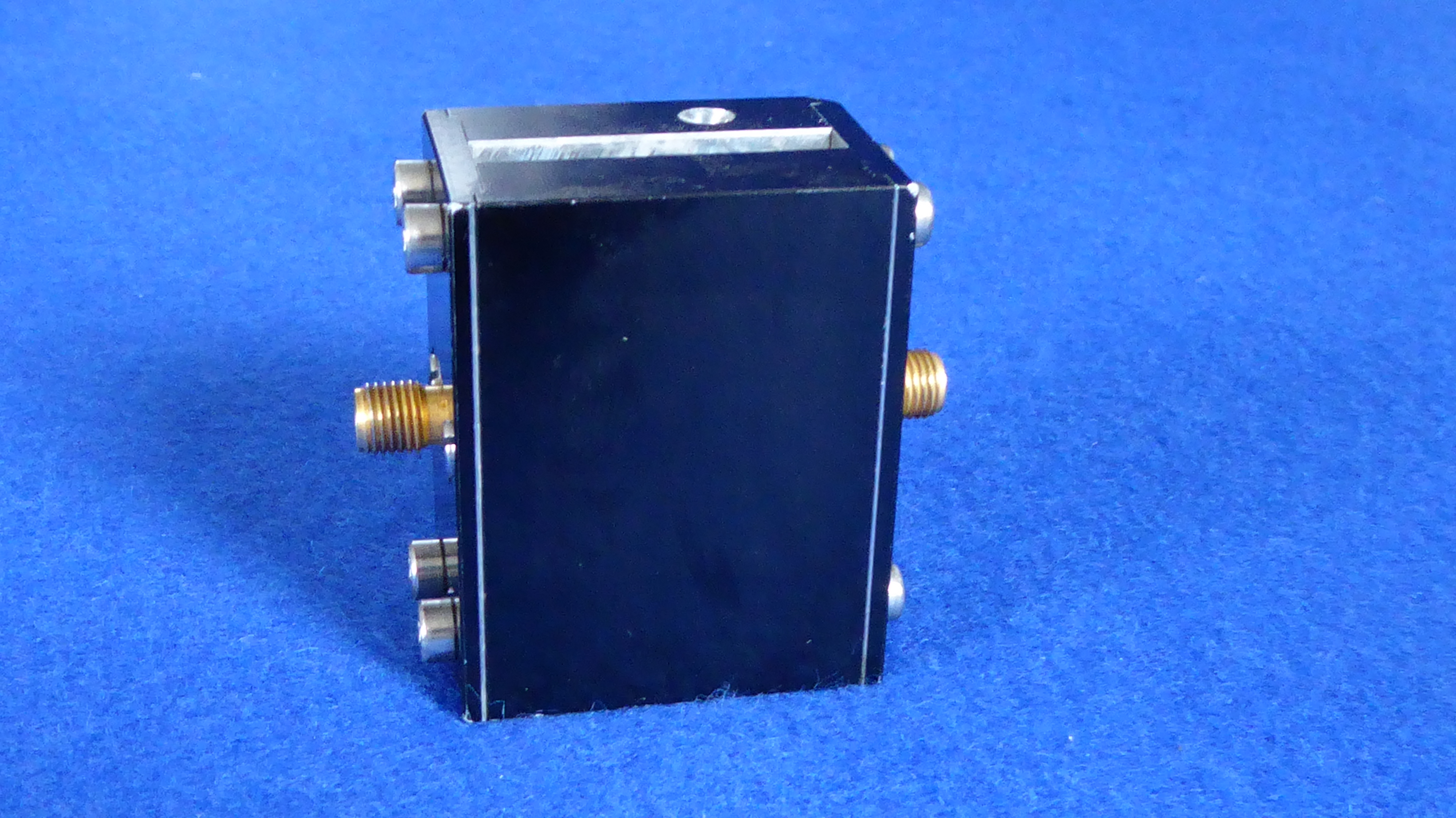Description
TEM cell technique measures Conductivity and Relative Permittivity of liquids and gels with high accuracy
IndexSAR have developed a dielectric measurement system Diline (see separate datasheet). The Diline uses TEM lines and is based on a technique by Toropainen et. al, This is one of three methods recommended in the FCC SAR standard. The TEM approach is preferred on the basis of its accuracy of +/- 1.4% for permittivity and +/- 2.0% for conductivity, an improvement on coaxial methods that give relative results and are positionally dependant. The Diline TEM line sensor technique is an absolute method not requiring calibration with other liquids of known dielectric properties. Each TEM line sensor employed and the software algorithms utilised have been verified by performing tests on known reference liquids
DiLine is designed to make the measurement of a fluid’s permittivity and conductivity as simple and accurate as possible, with a minimum of prior training.
Four different lengths of sensor are provided to combat the variation of insertion loss with frequency, and an intuitive graphical results interface allows fluids to be assessed in seconds, both against reference values and previous measurements in an audit trail
DiLine works in combination with all major vector network analysers
The hardware is designed to make the measurement process as simple as possible whilst software features enable flexible processing of measurement data and comparison (in percentage terms) with target values for simulant liquids properties or comparison with reference liquids for checking the accuracy of the method. A vector network analyzer is used to determine the change in transmission loss and phase of the supplied strip-line (TEM) sensors when filled with the liquid or gel under test. Three different lengths of sensor (300 to 3GHz) are provided to account for the variation of loss with frequency for a range of different liquids. An optional sensor IXTL-030 can be supplied to cover the frequency range 3-6GHz
Applications include the routine measurement of tissue-simulant liquids and gels used for Specific Absorption Rate (SAR) testing. Probes can be used with most models of Vector Network Analysers – with S parameter measuring facilities.





